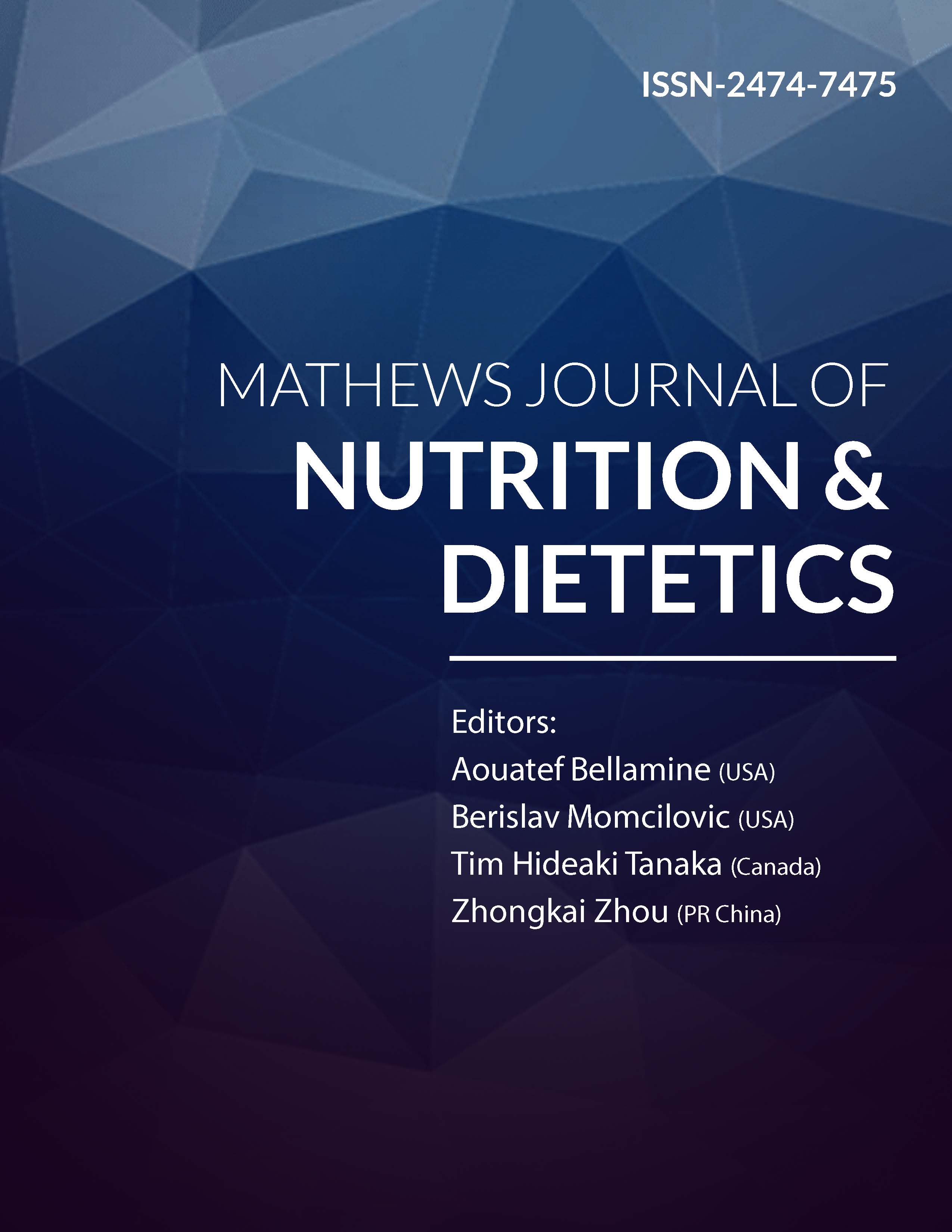
Information Links
Previous Issues Volume 7, Issue 3 - 2024
Adverse Effects of Consumed Mangifera Fruit Studied on Ants as Biological Models
Marie-Claire Cammaerts1,*, Roger Cammaerts2
1Independent researcher, retired from the Biology of Organisms Department, University of Brussels, Belgium
2Independent researcher, retired from the Natural and Agricultural Environmental Studies Department (DEMNA) of the Walloon Region, Belgium
*Corresponding author: Marie-Claire Cammaerts, Independent researcher, retired from the Biology of Organisms Department, University of Brussels, 27, Square du Castel Fleuri, 1170, Bruxelles, Belgium, Tel: +32-02-673-4969, E-mail: [email protected].
Received Date: April 20, 2024
Published Date: June 14, 2024
Citation: Cammaerts M, et al. (2024). Adverse Effects of Consumed Mangifera Fruit Studied on Ants as Biological Models. Mathews J Nutr Diet. 7(3):37.
Copyrights: Cammaerts M, et al. © (2024).
ABSTRACT
The fruit of the Mangifera indica tree is delicious and has much dietetic qualities, containing several healthy elements. It is also known to contain allergens which can cause severe contact dermatitis and erythema in sensitive individuals. However, apart from studies looking at the benefits of mango consumption and those examining some of the potentially harmful consequences, there are no studies looking at the possible adverse effects of mango pulp on consumer’s physiology and behavior. Our aim is to examine the latter point, using Myrmica sabuleti ants as a biological model. Tested on ants, the ingested mango juice induced a decrease in their general activity and linear speed, leading to a larger sinuosity (angular speed) of movement, less audacity, some decrease of their escaping ability and of their ability to cross a twist and turns path. Only a small physiological adaptation occurred for linear speed after 7 days of mango consumption. Orientation towards a source of pheromone, social relationships, memory and, at the limit of significance, movement speed on a very rough surface, were not impacted by mango consumption. No dependence was observed on mango consumption, what was is in line with the rather lengthy decrease of the sinuosity of the ants’ locomotion after mango consumption had ended. This impact of mango consumption on the ants’ locomotion ceased from about 33 hours after the start of weaning.
Keywords: Activity, Adaptation, Ants, Dependence, Locomotion, Mango